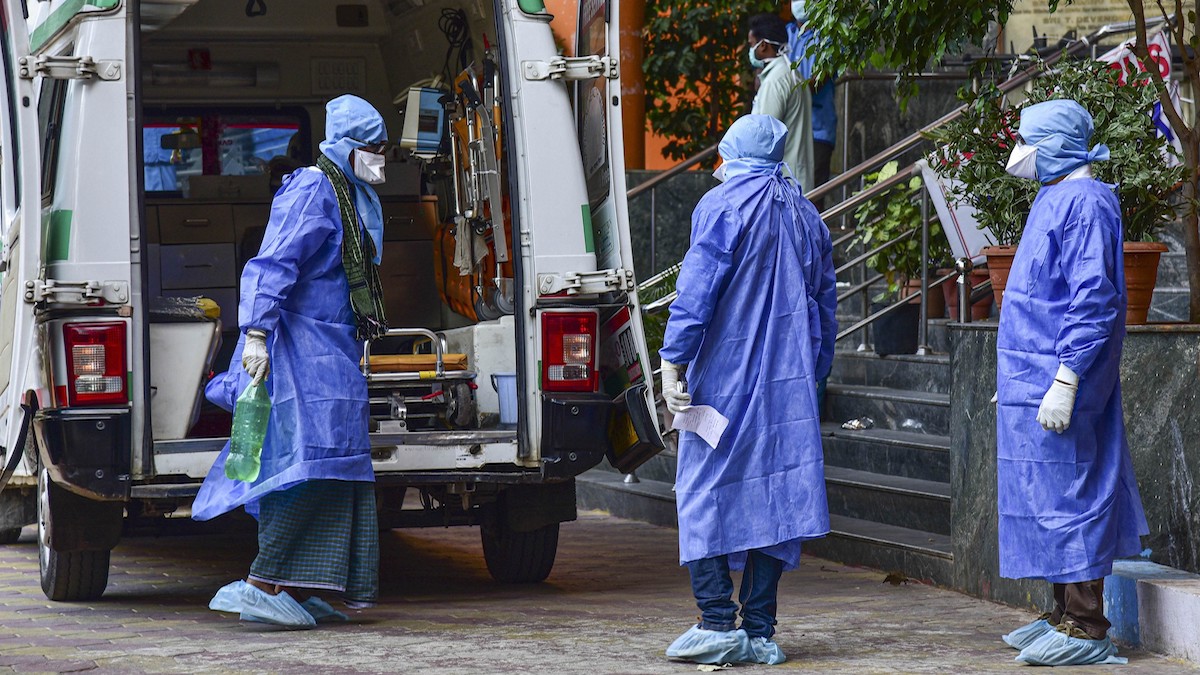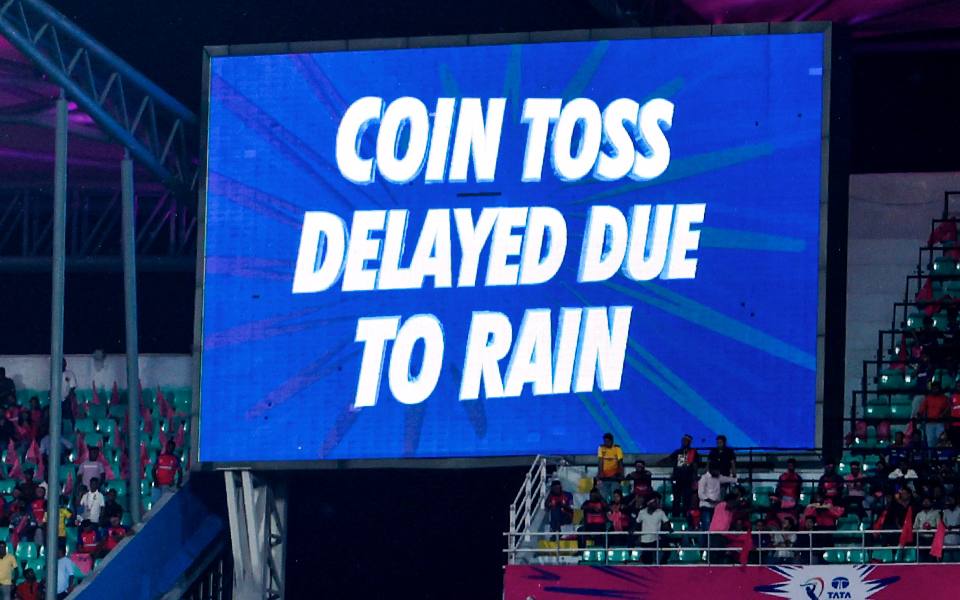New Delhi: India's COVID-19 caseload rose to 1,04,50,284 with 18,645 infections being reported in a day, while the recoveries have surged to 1,00,75,950, according to the Union Health Ministry's data updated on Sunday.
The death toll reached 1,50,999 with 201 more people succumbing to the disease in a span of 24 hours, the data updated at 8 am showed.
The number of people who have recuperated from the infection so far surged to 1,00,75,950, pushing the national COVID-19 recovery rate to 96.42 percent, while the case fatality rate dropped to 1.44 percent.
The COVID-19 active caseload remained below three lakh for the 20th consecutive day.
There are 2,23,335 active coronavirus infections in the country which comprise 2.14 percent of the total caseload, the data stated.
India's COVID-19 tally had crossed the 20 lakh-mark on August 7, 30 lakh on August 23, 40 lakh on September 5, and 50 lakh on September 16. It went past 60 lakh on September 28 70 lakh on October 11, crossed 80 lakh on October 29, 90 lakh on November 20 and surpassed the one crore-mark on December 19.
According to the ICMR, 18,10,96,622 samples have been tested so far with 8,43,307 samples being tested on Saturday.
The 201 new fatalities include 57 from Maharashtra, 22 from Kerala, 20 from West Bengal, 15 from Chhattisgarh, and 12 each from Delhi and Uttar Pradesh.
A total of 1,50,999 deaths have been reported so far in the country, including 50,027 from Maharashtra followed by 12,215 from Tamil Nadu, 12,138 from Karnataka, 10,666 from Delhi, 9,922 from West Bengal, 8,481 from Uttar Pradesh, 7,128 from Andhra Pradesh, and 5,439 from Punjab.
The health ministry stressed that more than 70 percent of the deaths occurred due to comorbidities.
"Our figures are being reconciled with the Indian Council of Medical Research," the ministry said on its website, adding that state-wise distribution of figures is subject to further verification and reconciliation.
Let the Truth be known. If you read VB and like VB, please be a VB Supporter and Help us deliver the Truth to one and all.
Thiruvananthapuram: The India Meteorological Department (IMD) on Sunday issued red alert for four districts in Kerala - Pathanamthitta, Kottayam, Idukki, and Alappuzha - forecasting extremely heavy rainfall until May 21.
As heavy rains pose potential hazards, the Kerala State Disaster Management Authority (KSDMA) has advised people to remain vigilant.
With expectations of heavy rainfall within a short timeframe, there's a risk of flash floods and urban waterlogging, particularly in low-lying areas. Landslides may also be triggered by prolonged rainfall. In light of this, authorities are urging residents, especially those in hilly and coastal regions, to exercise caution and stay alert.
The IMD has also sounded orange alert for Thiruvananthapuram and Kollam district until Tuesday.
A red alert indicates heavy to extremely heavy rain of over 20 cm in 24 hours, while an orange alert means very heavy rain (6 cm to 20 cm). A yellow alert means heavy rainfall between 6 and 11 cm.
Earlier in the day, the Idukki District Collector ordered a ban on night travel through the hilly areas of the district from Sunday until the red and orange alerts are withdrawn.
''Strict instructions have been issued to the District Superintendent of Police, Sub Divisional Magistrates, Regional Transport Officers, and Tehsildars to implement the ban effectively,'' an official statement said.




